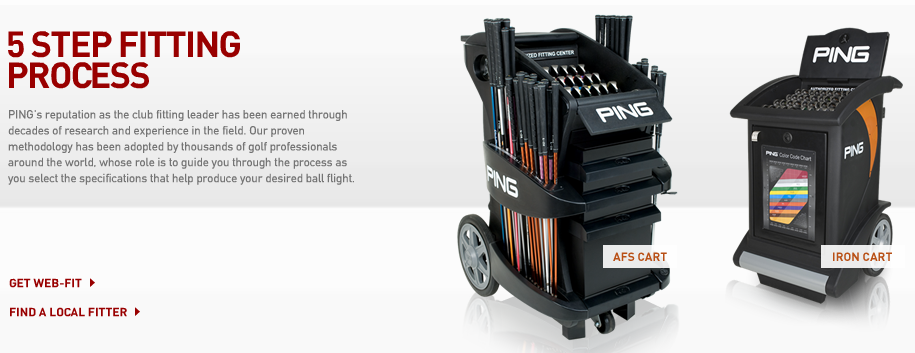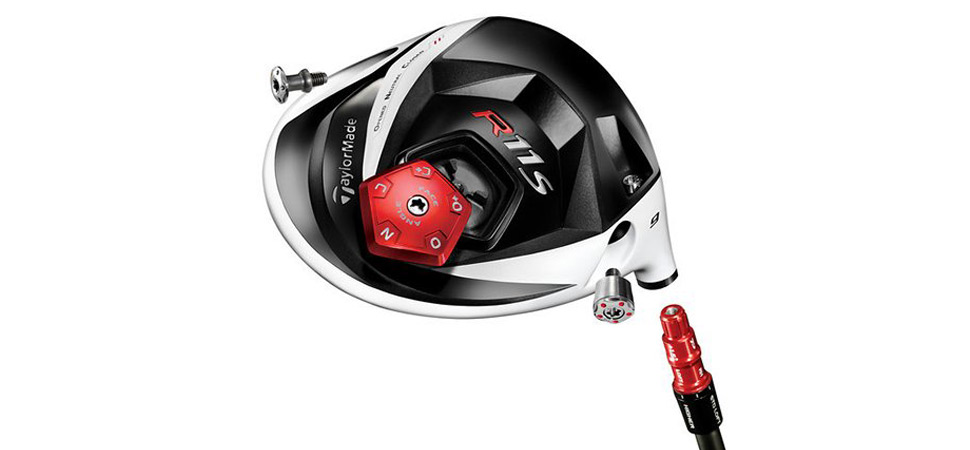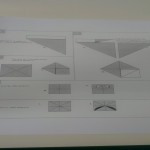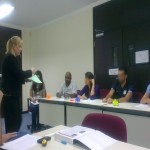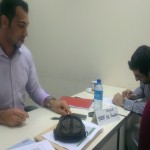Golf, one of the greatest games ever invented; enjoyed by millions of people across the world. With advancements in technology and designs, golf clubs have evolved into complex equipment that was completely unimaginable in just a few decades ago. Twenty years ago golfers would go to the store and purchase a set of clubs that feels good to them. These clubs were put together on an assembly line through the use of a product focus strategy that yielded high volume and low variety. As the game evolves over the past couple of decades so have the taste of golfers and the production process of golf clubs manufacturers.
Got Ping!
Founded in 1959, Ping Golf has become a powerhouse in the golf industry. They are well recognized by their innovation in custom club making. When Ping introduced their fitting system 10 years ago, they offered golfers with custom made clubs based on their physique and swing type. This was made possible by utilizing a repetitive focus strategy in their production process. Ping would make different clubheads with various lie angle and offset, shaft with different length and flexibility, and grips of different diameters. By measuring a golfer’s physique and analysis his swing, Ping is able to use the data to create a unique set of clubs by combining various components already manufactured. Ping’s production process is similar to that of Harley Davidson, where modules are combined to form many output options. Although Ping’s production process costs more than the traditional continuous flow process, it gives them a competitive advantage that is well worth.
Click here for more information on Ping’s fitting system: http://www.ping.com/fitting/5steps.aspx
Is not your daddy’s old club!
As other manufacturers try to gain competitive advantage in customization, a new evolution in club making has begun. TaylorMade just launched their new R-series driver, which embodies full customization while maintaining a low cost continuous flow production process. The R11S Driver offers loft, clubface, and center of gravity adjustments by having tuning devices build within the clubhead. This innovated design allows golfers to adjust the club to a specification suitable for them, and changes to previously set specification can be made again at any time. In terms of production process, TaylorMade only has to manufacture one type of clubhead, which greatly reduce production cost. Of course, the production of such elaborate clubhead requires additional research and development, and the cost of each clubhead is more than the traditional non-adjustable clubhead. But in the long-run, utilizing a continuous flow process will be less expensive in meeting market demand of customization.
Click here for more information on TaylorMade R11 Series Driver: http://taylormadegolf.com/taylormade/R11S-Driver/DW-JN721,default,pd.html?start=1&cgid=taylormade-drivers-r11s
The R11 series by TaylorMade is a great example of achieving customization while maintaining a low cost continuous flow production process. Do you know any products that can also do that?
Works Cited
Ping. (2012, 07 09). Custom Fitting. Retrieved from Ping Golf: http://www.ping.com/fitting/default.aspx
TaylorMade. (2012, 07 09). R11S Driver. Retrieved from TaylorMade Golf: http://taylormadegolf.com/taylormade/R11S-Driver/DW-JN721,default,pd.html?start=1&cgid=taylormade-drivers-r11s

